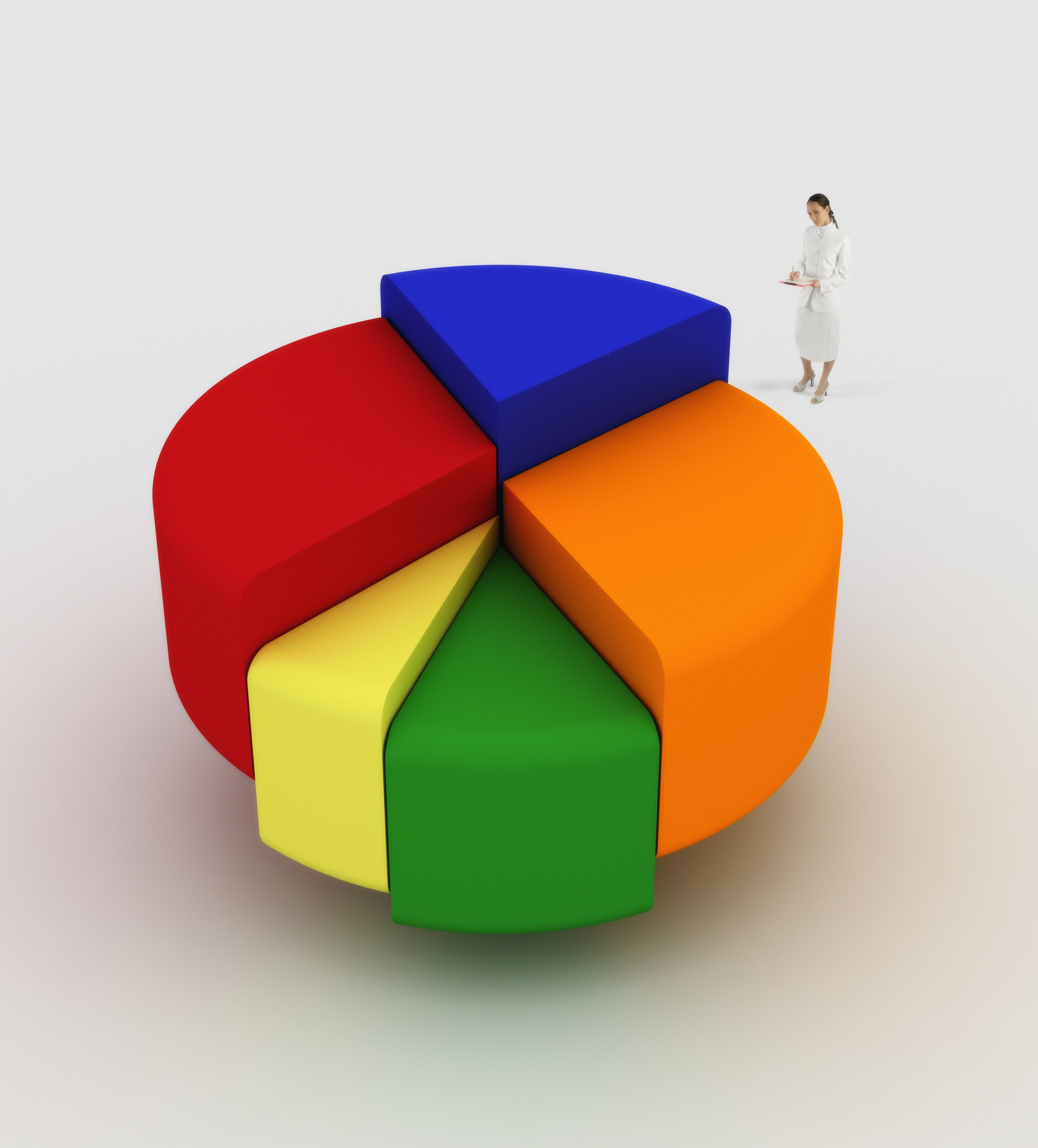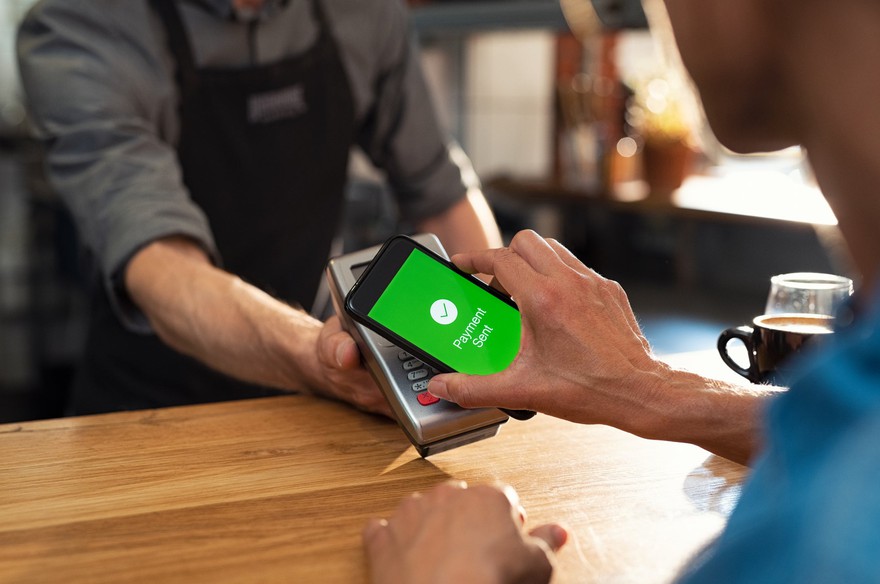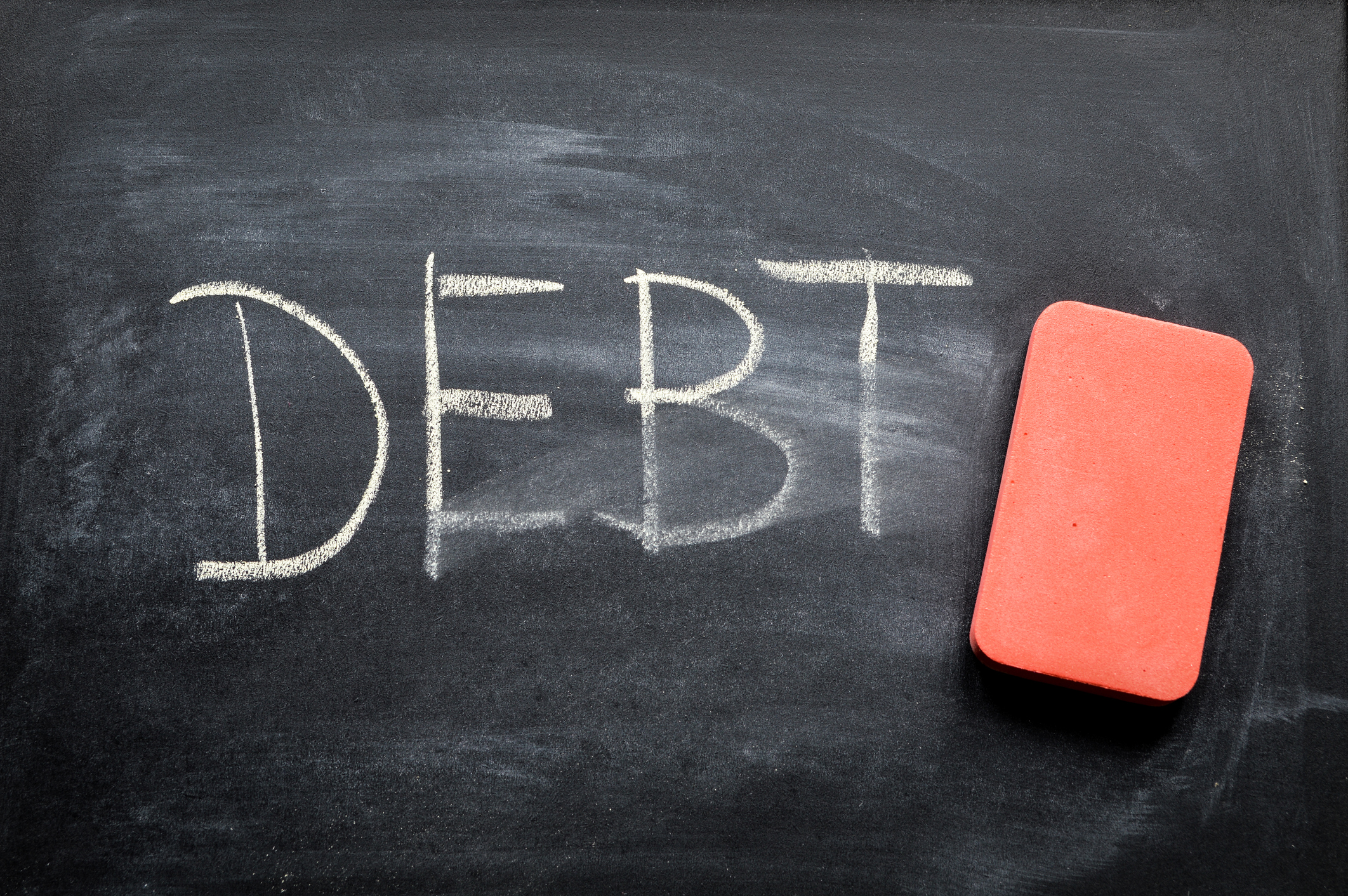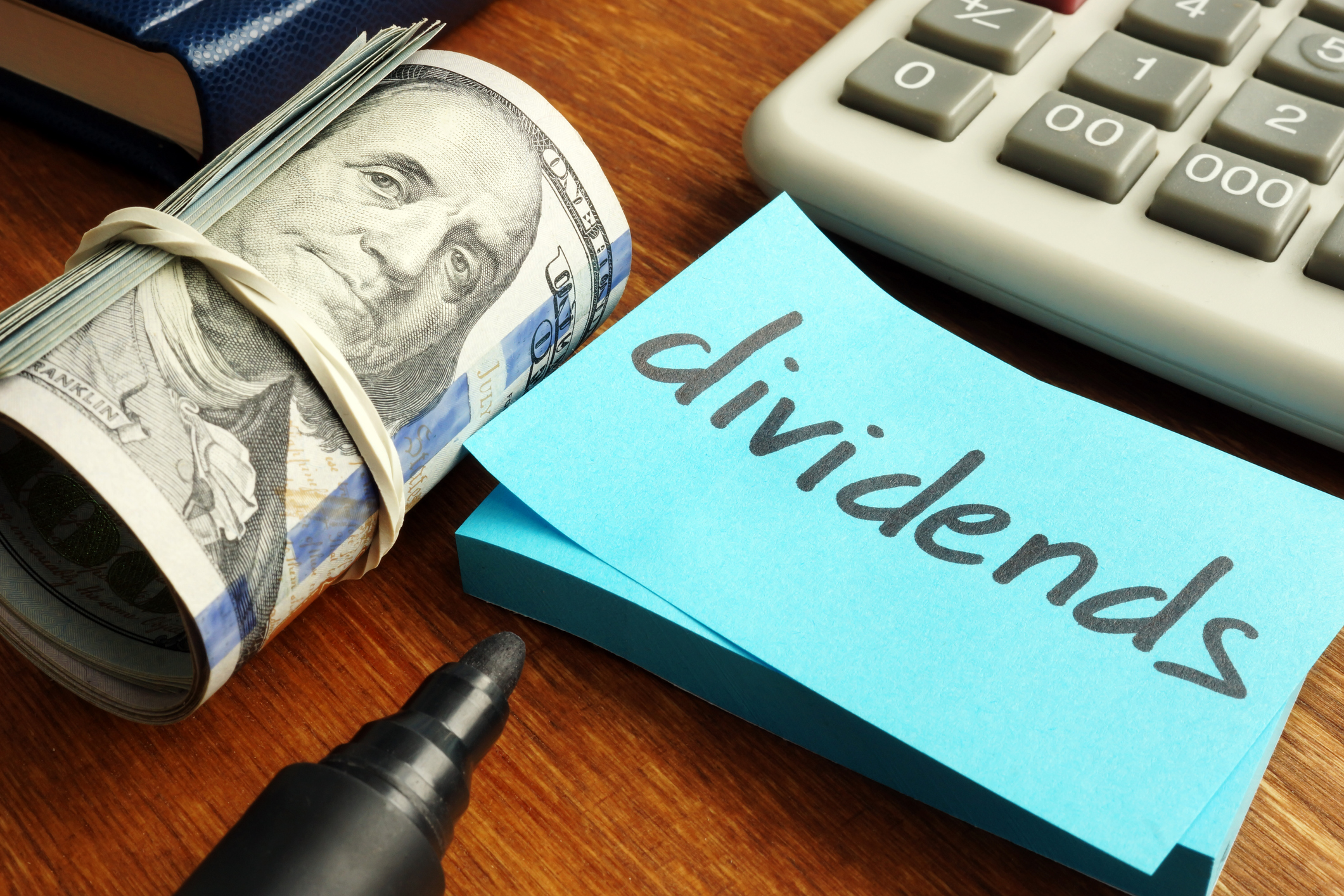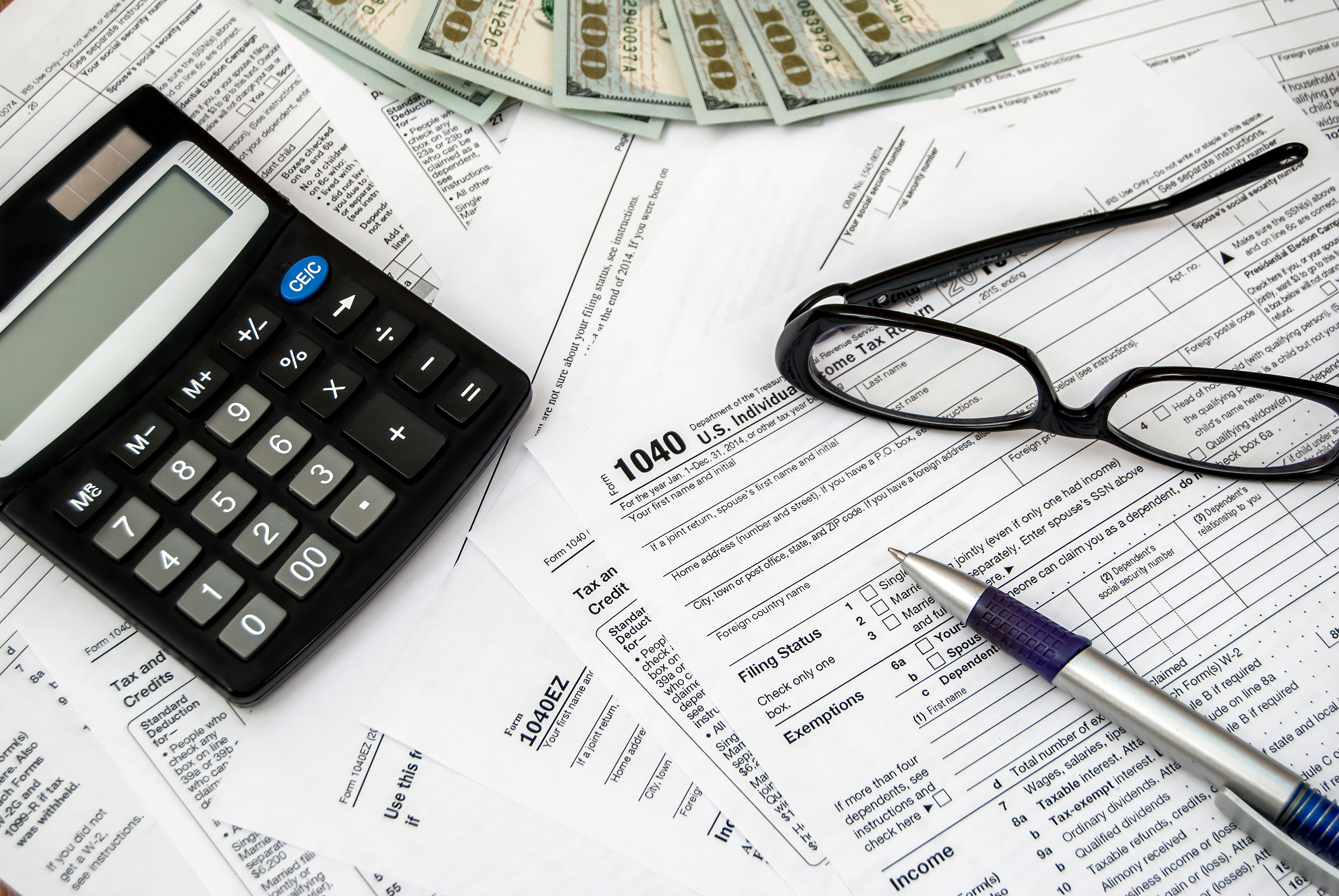A decentralized application, also known as a dApp, is a program built on top of a decentralized network using blockchain technology. Decentralized applications will combine the power of smart contracts with a user interface to allow people to utilize blockchain technology in new ways. dApps aren’t controlled by a single authority, and their rules are enforced by the network maintaining the blockchain.
This article will review what decentralized applications are, how they differ from traditional computer applications, examples of dApps, advantages and disadvantages of dApps, and how you can invest in decentralized applications.

What is a decentralized application (dApp)?
A normal web application is controlled by a single authority. It might keep the source code private. It might host the app on its own servers. And the authority controls who uses it and how they use it.
A decentralized application runs on a distributed network. The source code is on a blockchain, and every computer on the network, or node, holds a copy of the blockchain. That means everyone can see the source code, and everyone is allowed to use the application. And since the blockchain is immutable, it also means the application can be difficult to modify.






